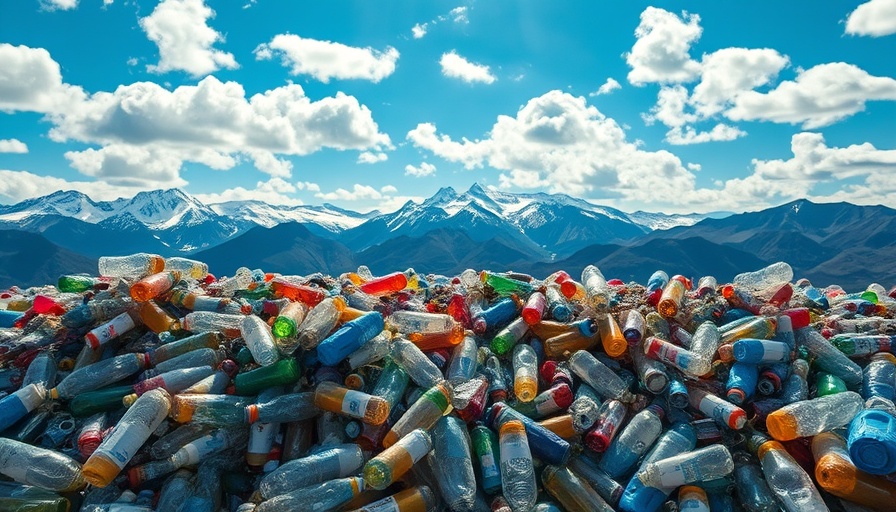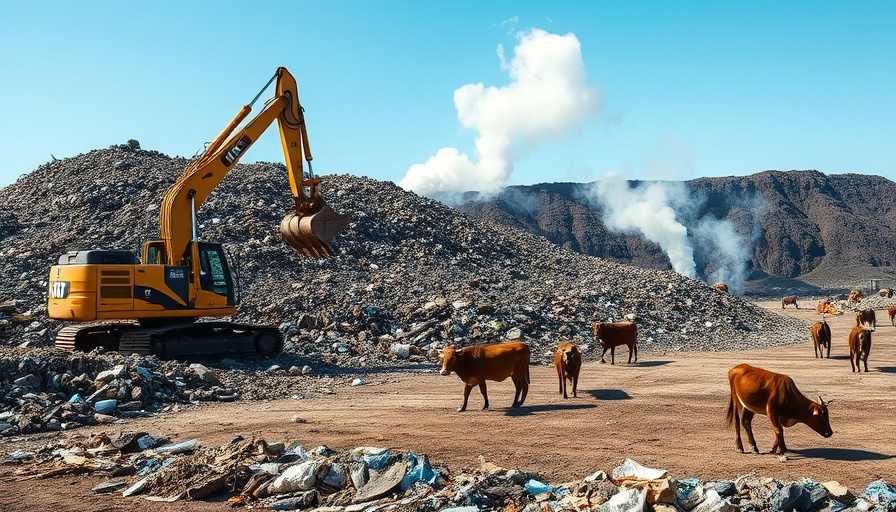
Understanding the Stagnant Plastic Recycling Crisis
A recent study has uncovered a concerning truth: the global plastic recycling rate has remained shockingly steady at just 9%. Even more alarming is that the United States' figure is far lower, at a mere 5%. This stagnation amidst an ever-increasing demand for plastic—from 2 million metric tons produced in 1950 to a staggering 400 million in 2022—highlights a significant environmental challenge.
The Growing Plastic Problem
The versatility, durability, and affordability of plastics have made them an integral part of modern life. However, the long-term consequences of this reliance are daunting. Researchers from Tsinghua University in China emphasize that as plastic production keeps escalating, so does the urgency to address its environmental impact. Their findings suggest a geographical imbalance in production and waste management, raising critical questions about our reliance on fossil fuels.
Examining Recycling and Disposal Trends
According to the study’s findings, incineration has overtaken landfilling as the most common waste management practice for plastics, especially in countries like Japan, the European Union, and China. This shift, while partially alleviating landfill concerns, raises issues about air quality and emissions. As burning plastic becomes the norm, the implications for both the environment and human health need serious scrutiny.
What Can Californians Do?
For California homeowners looking to combat plastic waste, understanding the lifecycle of the plastics we use is essential. Utilizing products with recycled content, advocating for stricter recycling regulations, and supporting local initiatives aimed at reducing plastic production can make a difference. Changing household habits, such as reducing plastic use, can contribute to alleviating the global plastic problem.
As the Intergovernmental Negotiating Committee prepares to reconvene regarding a global plastic treaty after unsatisfactory previous negotiations, the voice of the public can be a powerful catalyst for change. Engaging in community efforts around plastic reduction and educating others amplifies concern and drives meaningful action.
It is clear that while the statistics surrounding plastic recycling are discouraging, collective responses can lead to better management and innovative solutions. Homeowners have the power to transform their practices, thereby contributing to crucial environmental stewardship.
 Add Row
Add Row  Add
Add 




Write A Comment